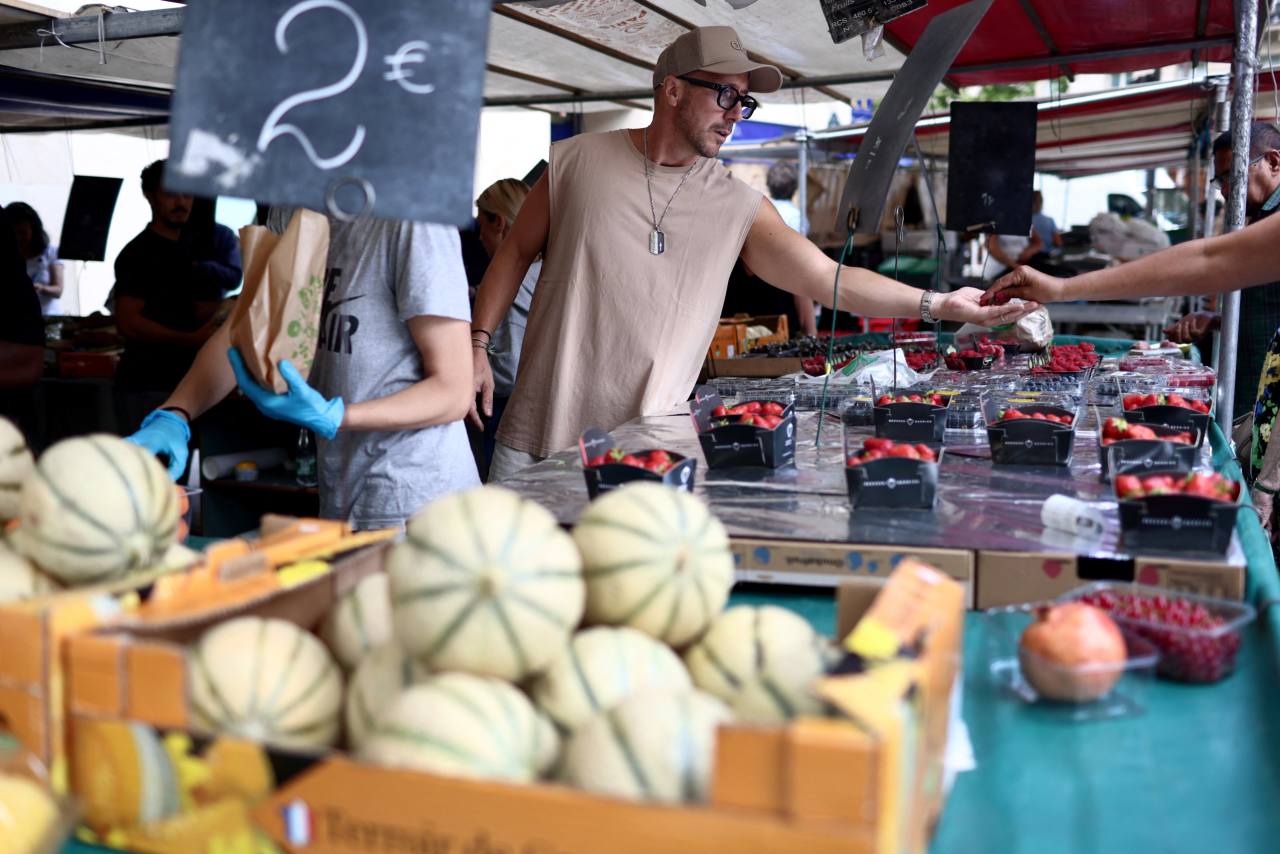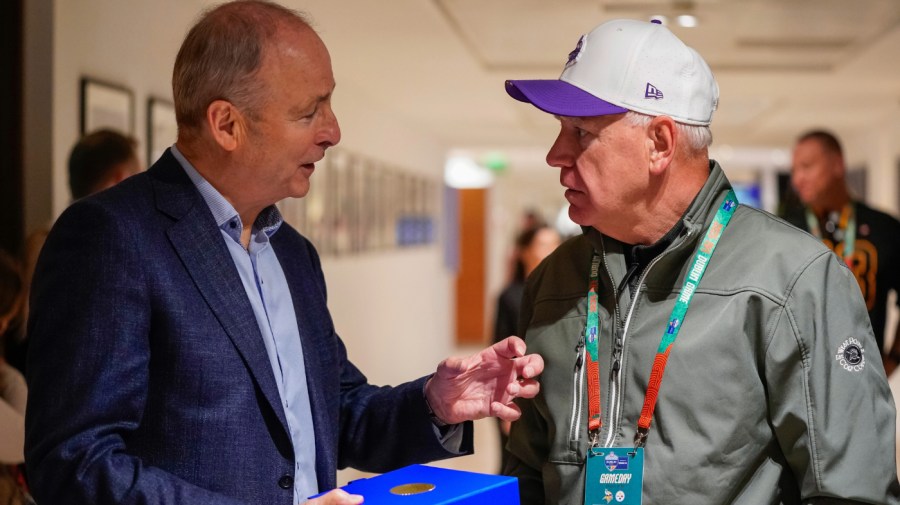Rescue and aid operations are underway across Jamaica as teams work to distribute essential supplies to communities devastated by Hurricane Melissa. Four days after the hurricane struck, many areas remain isolated, with residents facing critical shortages of food and clean water.
In the worst-hit regions of St. Elizabeth and Westmoreland, fallen trees and concrete posts have blocked roads, complicating relief efforts. While some communities have received much-needed supplies, others have resorted to collecting muddy water from rivers for daily use. Many residents have turned to foraging for food, eating coconuts and roasting breadfruit to survive.
Emergency responders, including Social Security Minister Pearnel Charles Jr., are delivering ready-to-eat meals, clean water, tarpaulins, blankets, and medicine to affected areas. The impact of Hurricane Melissa has been severe, with power lines downed and buildings toppled, disrupting the distribution of food and water and devastating agricultural lands.
As a result, over 60% of Jamaica is still without electricity, and some individuals have walked for miles to find basic goods and check on family members. Helicopters have been deployed to airlift food to communities cut off from ground access. The hurricane, classified as one of the strongest Atlantic storms to make landfall, has been linked to at least 19 deaths in Jamaica and 31 fatalities in neighboring Haiti.
Health Minister Christopher Tufton acknowledged that the death toll in Jamaica could be higher, given the ongoing challenges in reaching remote areas. He cautioned against speculation while also warning of the potential for increased mosquito populations and the risk of waterborne diseases and food poisoning. “Please discard spoiled food,” Tufton advised the public.
Hurricane Melissa made landfall on March 12, 2024, as a Category 5 hurricane, boasting top winds of 185 mph (295 kph). A regional disaster assistance response team from the United States has been activated, following a request from Secretary of State Marco Rubio. The U.S. Embassy in Jamaica confirmed that the United States stands ready to provide emergency relief items.
Efforts to secure additional supplies are ongoing. Matthew Samuda, Jamaica’s Minister of Water and Environment, took to social media to seek tarpaulin after many roofs were ripped off homes in western Jamaica. Users on the platform X responded by sharing locations where tarpaulin could be found.
Falmouth, a popular fishing town on Jamaica’s north coast, has also experienced substantial damage, including flooding and destroyed buildings. Prime Minister Andrew Holness stated that restoring electricity and telecommunications is a top priority, alongside stabilizing essential services at the Falmouth Hospital. He expressed a commitment to rebuilding “stronger and wiser” in the aftermath of the disaster.
In response to the extensive damage, the Caribbean Catastrophe Risk Insurance Facility (CCRIF) announced a record payout of $70.8 million to Jamaica. This facility allows Caribbean nations to pool their risks to provide affordable insurance coverage against natural disasters. The payout is expected to be processed within 14 days, according to the CCRIF.
Finance Minister Fayval Williams highlighted that the insurance payout is just one aspect of the government’s broader financial strategy to manage natural disasters. She pointed out the existence of a contingencies fund, a national natural disaster reserve, and a catastrophe bond as part of the comprehensive response plan.
As recovery efforts continue, government officials emphasize that damage assessments are still in progress, and the full extent of the hurricane’s impact is yet to be determined.






